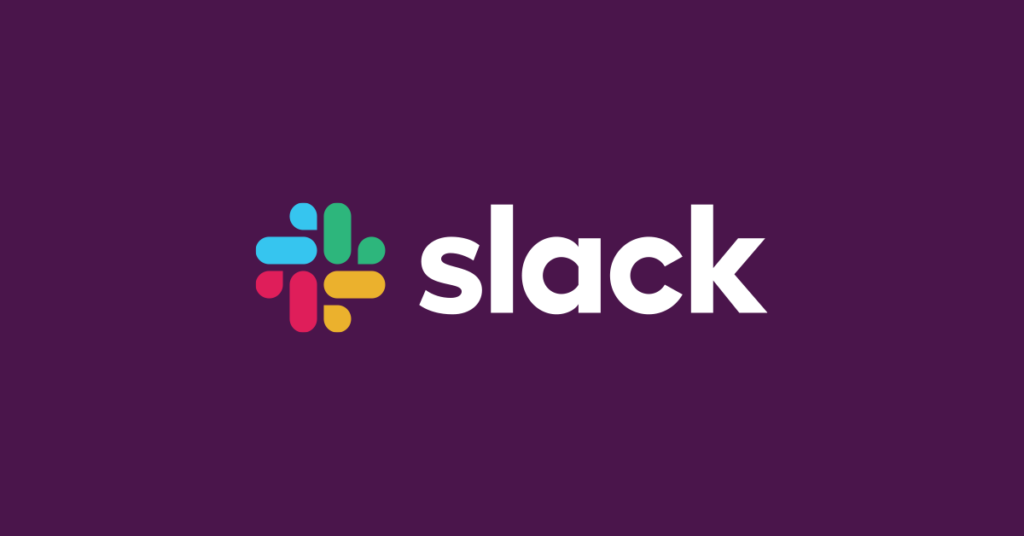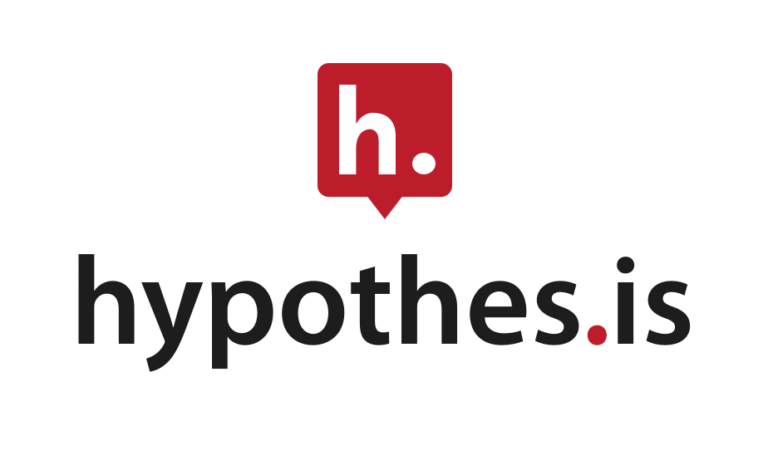Pick up Slack

There is no shortage of discussion platforms to choose from if you are interested in implementing one in your class. Among the available platforms is Slack. Slack is a third-party communication app that blends chat, discussion board, and social media elements. It is web-based, which means you can join in conversations on your web browser, in the Slack apps for Mac and PC, or on your mobile device. These features enable conversations to happen quickly and make incorporating media easily, with less clicking than you might be used to. Slack excels at fast-paced, informal conversation, which makes it effective in contexts such as:
- Sending announcements and reminders – Create topic-related #channels for time-sensitive messages, direct a message to anyone participating in a particular @channel or send messages to @everyone in your Slack space
- Sharing files – Share information by uploading documents and images from your computer or mobile device, or connect your Slack space to Google Drive.
- Giving peer feedback – Students can share files with each other and make comments on that file.
- Organizing groups (using private and public channels) – Channels are a way to organize discussions by topic or by groups. Channels can be open to all members of your Slack space, or they can be closed to select members only.
- Hosting virtual office hours – Conversations can happen quickly in Slack, much like chat. Invite students to join you during office hours to share their questions, or use the voice call or video chat features to connect with students in real-time.
- Receiving notifications – Customize where (desktop, email, and mobile) and when Slack sends notifications about new messages, when someone mentions you or uses a keyword or phrase you have set up.
Slack has other features that make it a good fit for classroom discussion:
- It is private to your class cohort. Invite students to your Slack space by email or by sharing a link. Membership is either by invitation or opt-in request. All members must log in to your Slack space, and you are able to see who is participating.
- Discussion areas can be structured as topic-related channels. Additionally, you can pin a post within a channel so that it always appears at the top of the conversation.
- Discussions are searchable by participant name, by keyword, or by file name if it has been shared.
- Direct messaging enables you to talk one-on-one, and privately to a student.
- Slack’s functionality is extendable. You can incorporate other tools you use to do useful things like polling, employ bots, and connect Google Drive.
Of course, the discussion platform you choose will ultimately be informed by the sort of conversations you want to foster in your class. If you decide to use Slack, consider the following questions as you plan your class. How will you shape your classroom discussion? How will you assess students, and if necessary, track participation? Do you want to start a new discussion space for each semester or keep inviting students into the same space? Slack is a very capable platform for discussion, but there are many features that put it in a class by itself. If you are unfamiliar with Slack, consider joining an open Slack community as a participant to help you become familiar with it. There are communities you can opt into that may interest you, or sign up for SlackEDU, a community of educators talking about Slack.
Signup Tutorial at https://media.uaf.edu/media/t/1_2g1dsz23
Resources
- Getting started with Slack video playlist: https://www.youtube.com/playlist?list=PLWlXaxtQ7fUb1WqLJDqJFGQsAXU7CjoGz
- Slack educational pricing: https://get.slack.help/hc/en-us/articles/206646877-Slack-for-Education
- A counterpoint (in a work context): https://medium.com/@jean_carriere/is-slack-really-worth-it-1e7bd7658823
- Discussion in the Classroom Part I: https://ctl.uaf.edu/discussion-prompts/
- Discussion in the Classroom Part II: https://ctl.uaf.edu/discussion-prompts-ii/




